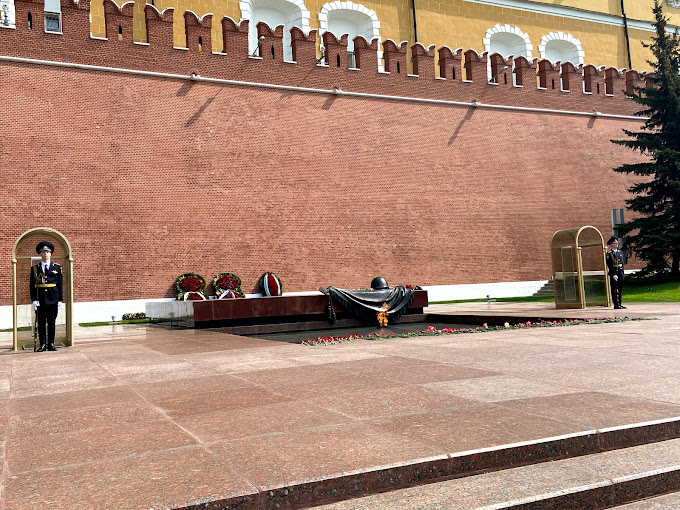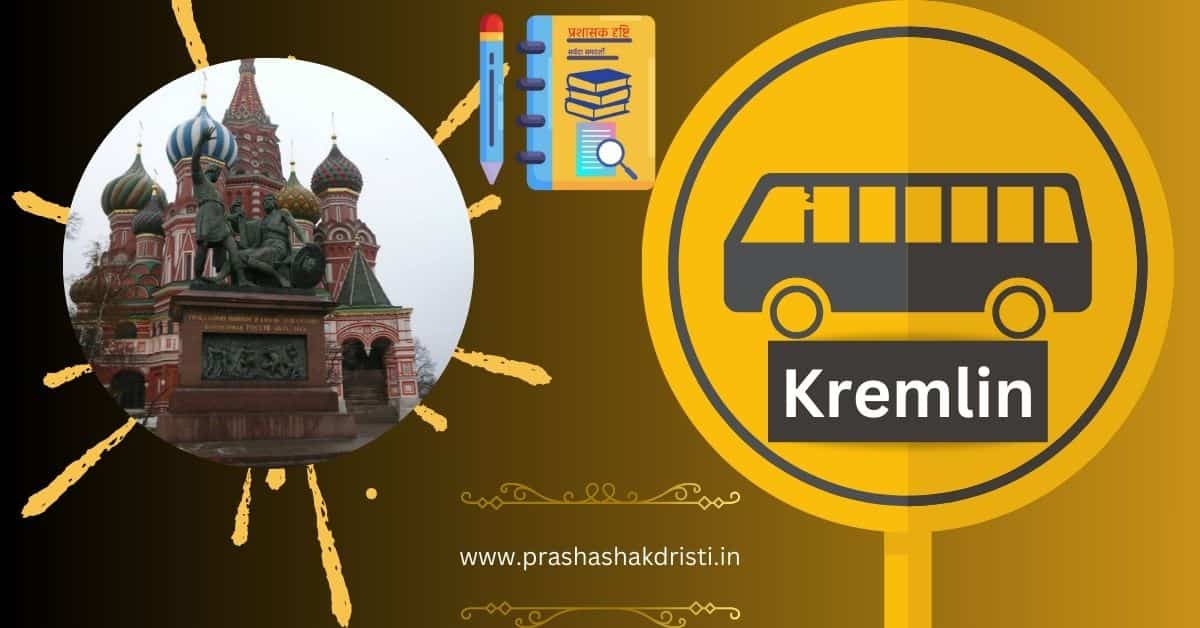The Kremlin is a symbol of Russia’s political power and rich history. It is located in the heart of Moscow, the capital city. This fortress complex is an iconic landmark, recognized worldwide. Let’s explore the It’s history, architecture, and its role in modern Russia.
Kremlin: A Brief History

The Kremlin’s history dates back to the 12th century. It began as a wooden fort built by Yuri Dolgorukiy, the Grand Prince of Kyiv. Over the centuries, it grew in size and importance. By the 14th century, stone walls replaced the wooden ones. It became the center of Russian political power.
In the 15th century, Grand Prince Ivan III, also known as Ivan the Great, transformed the Kremlin. He invited Italian architects to redesign it. They built new cathedrals and palaces, giving the Kremlin its distinctive look. The red brick walls and towers that we see today were also constructed during this time.
Architectural Marvels of the Kremlin
It is a treasure trove of architectural wonders. It covers an area of 27.7 hectares and is surrounded by a 2,235-meter-long wall. The wall has 20 towers, each with its own unique design.
The Kremlin Wall and Towers
It’s Wall is an impressive structure. It is made of red brick and stands up to 19 meters high. The wall is thick, ranging from 3.5 to 6.5 meters. The towers are the most striking features of the wall. Some of the notable towers include:
- Spasskaya Tower: This is the main tower, facing Red Square. It has a clock known as it’s chimes. The tower is 71 meters tall and has a star on top.
- Nikolskaya Tower: This tower also faces Red Square. It is decorated with beautiful carvings and a large icon of St. Nicholas.
- Borovitskaya Tower: This tower serves as the main entrance for vehicles. It is named after the hill on which the Kremlin stands.
The Grand Kremlin Palace
This Grand Palace is the largest building within it. It was built in the mid-19th century as a residence for the Russian Tsars. Today, it is used for official state ceremonies and receptions. The palace has over 700 rooms, including several grand halls.
The Cathedral Square
The Cathedral Square is the spiritual center of the Kremlin. It is surrounded by several magnificent cathedrals:
- Cathedral of the Dormition: This is the most important church in this. It was the coronation site for Russian Tsars. The cathedral’s interior is adorned with stunning frescoes and icons.
- Cathedral of the Annunciation: This cathedral was the private chapel for the Russian Tsars. It has beautiful golden domes and a rich interior.
- Cathedral of the Archangel: This cathedral is the burial place of many Russian princes and Tsars. Its interior is filled with tombs and frescoes depicting the Archangel Michael.
The Kremlin Armoury
It’s Armoury is a museum that showcases Russia’s wealth and craftsmanship. It was established in the early 16th century. The museum houses a vast collection of treasures, including:
- Royal Regalia: This includes crowns, scepters, and orbs used by Russian Tsars.
- Fabergé Eggs: These are intricate jeweled eggs made by the House of Fabergé. They were Easter gifts for the Russian imperial family.
- Weapons and Armor: The collection features ornate swords, shields, and suits of armor from different periods.
The Kremlin in Modern Russia
Today, It is the official residence of the President of Russia. It is also the seat of the Russian government. The complex is a symbol of Russia’s political power and heritage.
The President’s Residence
The President of Russia lives and works in the Kremlin. The Senate Building within the Kremlin houses the President’s office. The building is a neoclassical structure, designed in the late 18th century.
Government Offices
Several important government offices are located within the this. This includes the Presidential Administration and the Security Council. These offices play a crucial role in the governance of Russia.
Visiting the Kremlin
It is a popular tourist destination. It attracts millions of visitors each year. Visitors can explore the cathedrals, museums, and the Armoury. Guided tours are available to learn more about the it’s history and significance.
Red Square
Red Square is adjacent to the Kremlin and is an iconic location. It is the site of many significant events in Russian history. The square is home to several landmarks, including St. Basil’s Cathedral and Lenin’s Mausoleum.
Tomb Of The Unknown Soldier in Kremlin

This war memorial dedicated to soviet soldier killed during world war-2.
Conclusion
The Kremlin is not just a fortress; it is a living testament to Russia’s history and power. From its ancient walls to its grand palaces and cathedrals, It tells the story of a nation. It is a place where the past meets the present, making it a must-visit for anyone interested in Russian culture and history.
Whether you are a history buff, an architecture enthusiast, or a curious traveler, It offers a fascinating glimpse into Russia’s rich heritage. Its majestic structures and storied past continue to captivate visitors from around the world.
you can also read about- Defence Corridor in UP.

